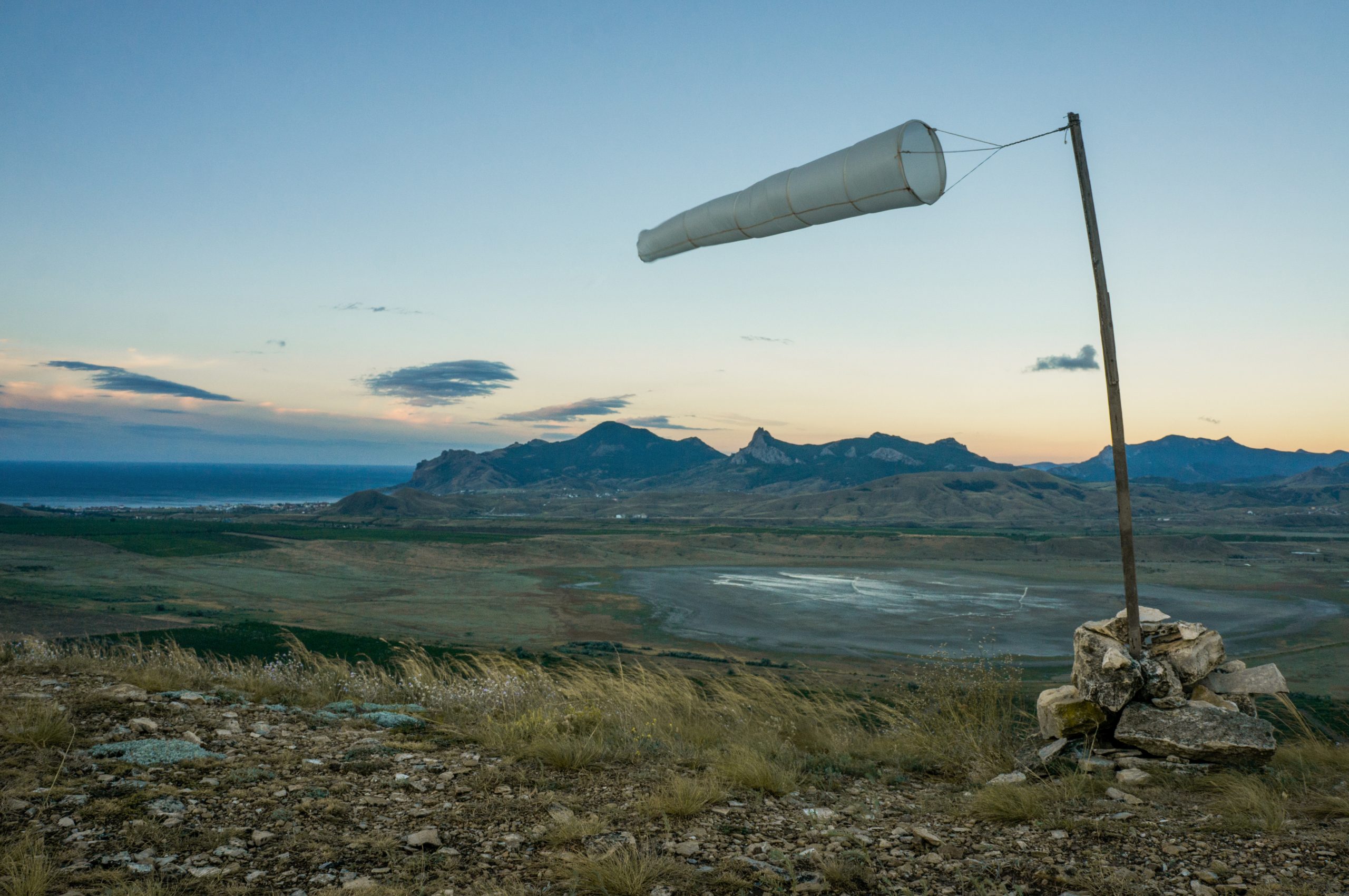Temporary buildings can offer fast, flexible solutions to space problems in a wide range of industries. But to ensure safety, structural integrity and long-term performance, one factor can never be overlooked: wind load.
What is Wind Load?
Wind load refers to the pressure that wind applies to a structure. It can act horizontally, vertically or in uplift, depending on the shape, height and exposure of the building. In regions like the UK and Ireland, wind loading is particularly important due to variable and sometimes extreme weather conditions, especially in coastal and upland areas.
Wind Load in UK and Irish Building Standards
In the UK, wind loading is governed by BS EN 1991-1-4 (Eurocode 1), which outlines how buildings should be designed to withstand wind actions. This standard is also adopted in the Republic of Ireland and Northern Ireland.
Factors such as location, terrain, height and intended use of the structure all feed into the calculation of wind loads. Local wind speed maps, such as those provided by the Met Office and Met Éireann, help define the expected wind pressures in any given area.
Lauralu ensures its structures are engineered in compliance with Eurocode standards, and site-specific wind assessments are part of the planning and design process.
Why It Matters for Temporary Structures
Unlike traditional buildings, temporary structures are often lighter and sometimes more exposed. This makes them more susceptible to wind-induced movement or damage if not properly designed. Here’s why wind load considerations are critical:
1. Safety of Personnel and Assets
A structure that isn’t designed to withstand expected wind loads can become a serious hazard. From dislodged panels to full structural failure, the consequences can include injury, equipment loss and costly downtime.
2. Compliance with Insurance and Regulations
Most insurers and local authorities require evidence that any temporary structure meets wind load requirements. Failure to comply could invalidate insurance or lead to enforcement action.
3. Durability and Structural Integrity
A well-engineered structure will not only withstand expected wind speeds but will maintain its integrity over time. This is especially important for long-term hires or semi-permanent installations.
4. Site-Specific Risk Management
In areas like the west coast of Ireland or high ground in Northern England, wind exposure is significantly higher than in sheltered inland sites. Lauralu’s team considers regional wind zone data and site topography to ensure every project is built to perform safely in its specific environment.
Practical Design Adaptations
To address wind load effectively, Lauralu may recommend the following solutions:
- Anchoring systems suitable for concrete, tarmac or ground-based installations
- Structural bracing that improves load transfer
- Wind-permeable side panels in high-exposure areas, when applicable
- Reduced gable widths for minimising wind surface area in particularly exposed settings
All of these are considered during the planning and consultation phase, ensuring clients receive a tailored solution.
A Real Consideration Across Sectors
Whether it’s a logistics hub in Belfast, a manufacturing extension in Galway or a storage facility in the Midlands, wind load compliance is part of Lauralu’s standard design process. By aligning with BS EN 1991-1-4, we ensure each structure is built not just for function but for the safety and peace of mind of everyone on site.
Planning a Project? Let’s Get the Wind Load Right
Lauralu works closely with clients across the UK and Ireland to ensure every temporary building meets wind load requirements as standard. Our team provides detailed site assessments and engineering-led design to help you stay compliant, protected and operational.
Explore More in Our FAQs
For more insights on structural compliance, build times and safety features, visit our FAQs page.
Like what you see?
Let’s build something together
Get in touch
Contact us at Lauralu for more information or advice regarding temporary buildings.
We can provide you with a free fast estimate or advice on temporary buildings.
